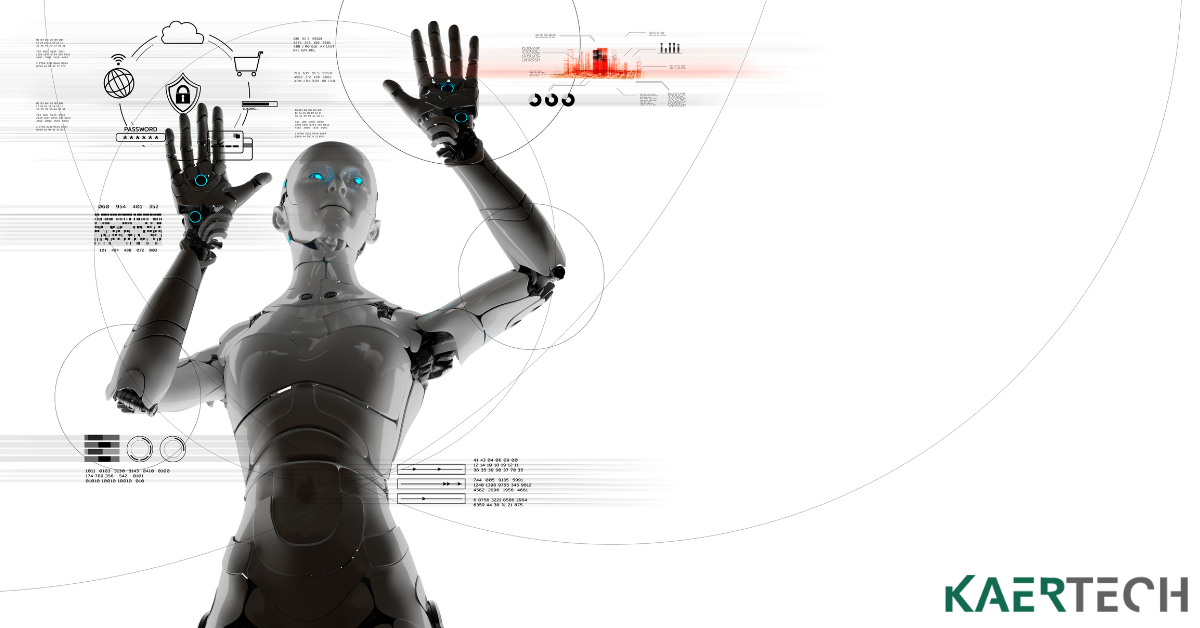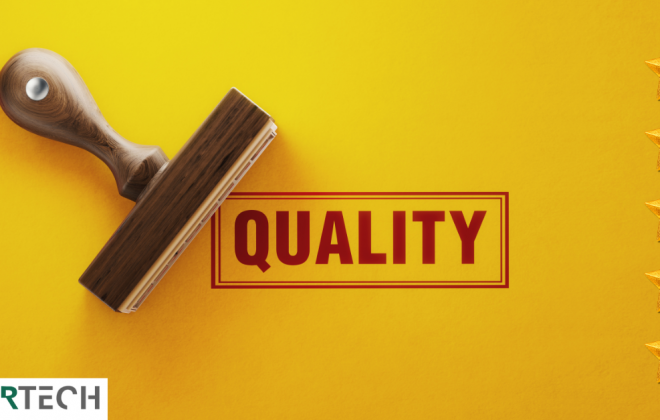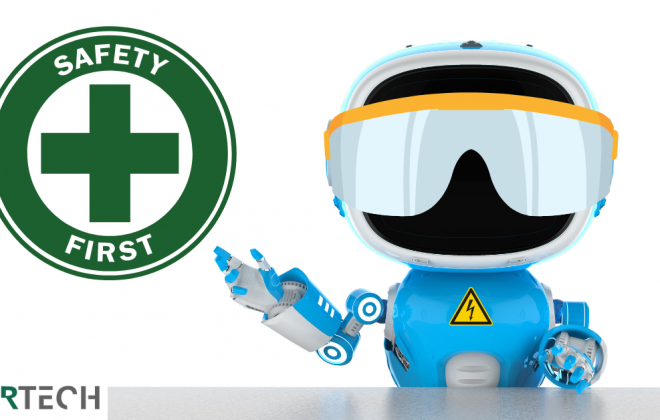IoT Manufacturing: Accelerating Product Development
In the dynamic landscape of manufacturing, speed to market can often make the difference between success and stagnation. As consumer demands evolve rapidly, traditional product development cycles are being challenged to keep pace. However, with the advent of IoT technology, manufacturing companies are discovering new avenues to expedite their product development processes.
Understanding the IoT Manufacturing Advantage
IoT encompasses a network of interconnected devices embedded with sensors and software, enabling them to collect and exchange data. In the realm of manufacturing, this translates into unprecedented visibility and control over various stages of product development.
Real-Time Insights for Informed Decisions
The most significant advantages of IoT in product development is the ability to access real-time data at every stage of the manufacturing. From concept design to prototype testing and production, IoT-enabled devices provide invaluable insights into performance metrics, operational efficiency, and potential areas for optimization.
Agile Prototyping and Iterative Design
With IoT sensors integrated into manufacturing equipment, companies can gather data on product performance and user behavior in real-world scenarios. This data-driven approach allows for agile prototyping and iterative design, enabling manufacturers to quickly refine and improve their products.
Collaborative Ecosystems for Innovation
IoT facilitates seamless collaboration among various stakeholders involved in the product development lifecycle. Whether it’s cross-functional teams within the organization or external partners such as suppliers and distributors, IoT-enabled platforms enable efficient communication and data sharing, fostering a culture of innovation and continuous improvement.
Case Study: Manufacturing Company
To illustrate the impact of IoT on product development, let’s examine the case of a manufacturer. Using IoT sensors in their equipment’s and analytics in their workflow, there was significant reduction to time-to-market for their product.
Through real-time monitoring of machine performance and predictive maintenance capabilities, they identified potential issues before they escalated, minimizing downtime and ensuring uninterrupted production. Additionally, IoT-enabled customer feedback mechanisms allowed them to gather valuable insights on user preferences and pain points, enabling them to tailor their products to meet market demand more effectively.
Conclusion: Embracing the Future of IoT Manufacturing
As manufacturing companies navigate an increasingly competitive landscape, embracing IoT technology is no longer optional—it’s essential for staying ahead of the curve. By harnessing the power of real-time data analytics, agile prototyping, and collaborative ecosystems, manufacturers can accelerate their product development processes and deliver innovative solutions that resonate with consumers.
At the intersection of technology and manufacturing, IoT is not just a buzzword—it’s a game-changer. By embracing IoT-driven innovation, companies can unlock new opportunities for growth, efficiency, and market leadership.
For further insights into the device development and manufacturing, stay tuned to our blog for upcoming articles and expert analysis. Make sure to follow our Facebook Page as well so you will be updated with the latest news.
Facebook: Kaertech
Want to learn more what we can do? Check this out.
Tags In
Related Posts
Leave a Reply Cancel reply
Categories
- Barrier (2)
- Business (13)
- Engineering (6)
- Green (3)
- Guides (15)
- Innovation (13)
- Insights (22)
- Inspiration (12)
- Internet of Things (10)
- Manufacturing (19)
- Product Development (5)
- Quality (1)
- Safety (6)
- Security (1)
- Smart Factory (4)
- Sustainability (6)
- Technology (10)
- Tips & tricks (16)
- Uncategorized (1)




